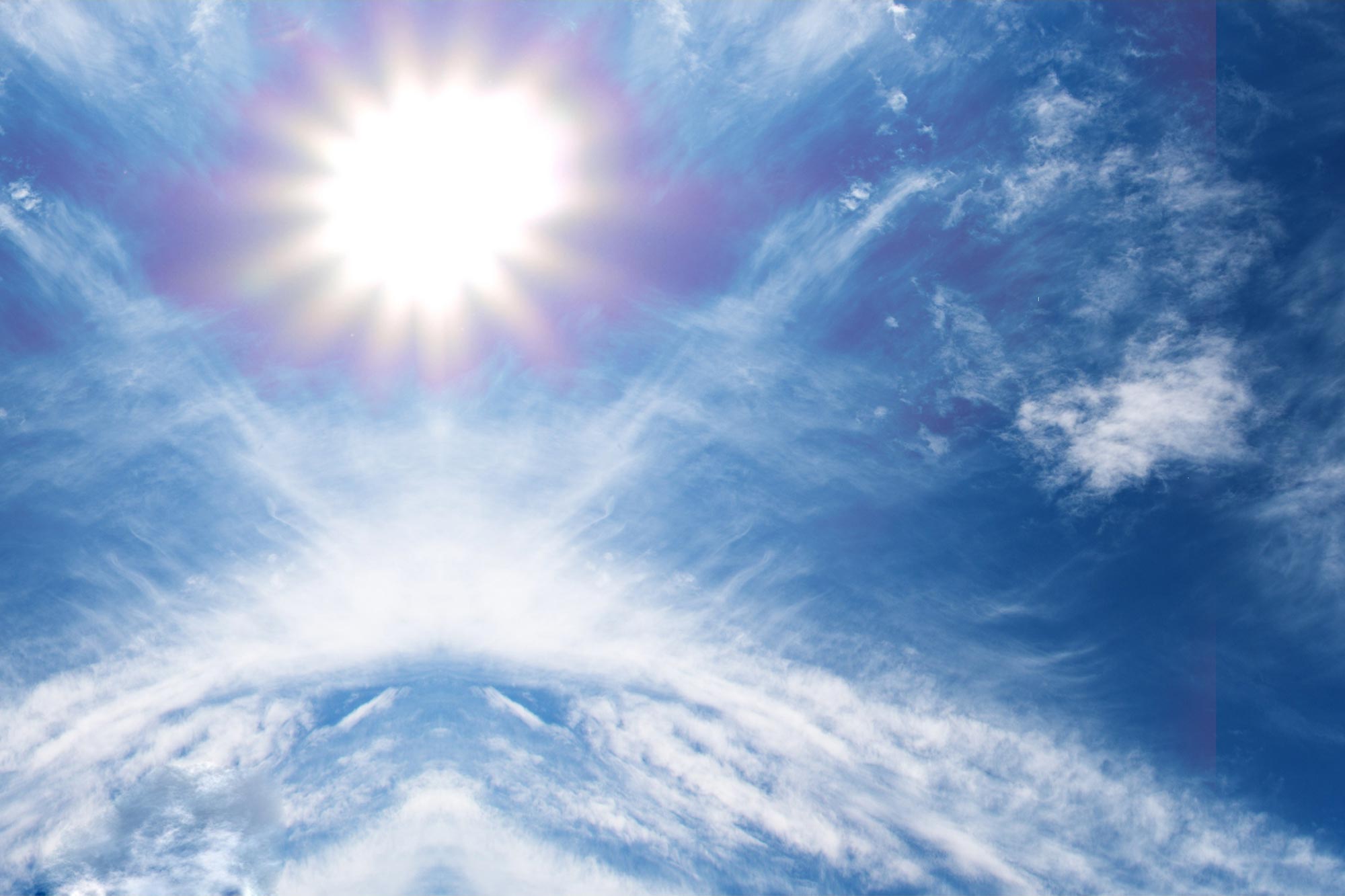Cloud study clarifies the effects of aerosols.
According to a recent study, aerosol particles in the atmosphere have a greater influence on cloud cover than previously assumed, but less of an impact on cloud brightness. Aerosols, which are tiny particles floating in the atmosphere, are essential for the formation of clouds.
Numerous assessments by the Intergovernmental Panel on Climate Change (IPCC) have shown that since clouds reflect sunlight and maintain lower temperatures, aerosols, which are increasing as a result of human activity, might have a significant impact on climate change.
However, it is challenging to measure the cooling effect of aerosols on clouds, which has resulted in substantial uncertainty in climate change projections.
The new research, led by the University of Exeter in collaboration with national and international academic partners as well as the UK Met Office, investigated this using the 2014 Icelandic volcanic eruption.
“This massive aerosol plume in an otherwise near-pristine environment provided an ideal natural experiment to quantify cloud responses to aerosol changes, namely the aerosol’s fingerprint on clouds,” said lead author Dr. Ying Chen.
“Our analysis shows that aerosols from the eruption increased cloud cover by approximately 10%. Based on these findings, we can see that more than 60% of the climate cooling effect of cloud-aerosol interactions is caused by increased cloud cover.
Volcanic aerosols also brightened clouds by reducing water droplet size, but this had a significantly smaller impact than cloud-cover changes in reflecting solar radiation.”
Previous models and observations indicated this brightening accounted for the majority of the cooling caused by cloud-aerosol interactions.
Water droplets often develop in the atmosphere surrounding aerosol particles, so a larger concentration of these particles facilitates the formation of cloud droplets.
However, since these cloud droplets are smaller and more numerous, the resulting clouds may hold more water before rainfall occurs – hence, more aerosols in the atmosphere might result in greater cloud cover but less rain. The study used satellite data and computer learning to study cloud cover and brightness.
It used 20 years of satellite cloud images from two different satellite platforms from the region to compare the periods before and after the volcano eruption. The findings will provide observational evidence of aerosols’ climate impacts to improve the models used by scientists to predict climate change.
Jim Haywood, Professor of Atmospheric Science at the University of Exeter and part of the Global Systems Institute, and a Met Office Research Fellow said: “Our earlier work had shown that model simulations could be used to disentangle the relative contribution of aerosol-cloud-climate impacts and potentially confounding meteorological variability.”
He continues, “This work is radically different as it does not rely on models; it uses state-of-the-art machine learning techniques applied to satellite observations to simulate what the cloud would look like in the absence of the aerosols. Clear differences are observed between the predicted and observed cloud properties which can be used to assess aerosol-cloud-climate impacts.”
- aum and Karlston
-

 2
2




Recommended Comments
There are no comments to display.
Join the conversation
You can post now and register later. If you have an account, sign in now to post with your account.
Note: Your post will require moderator approval before it will be visible.